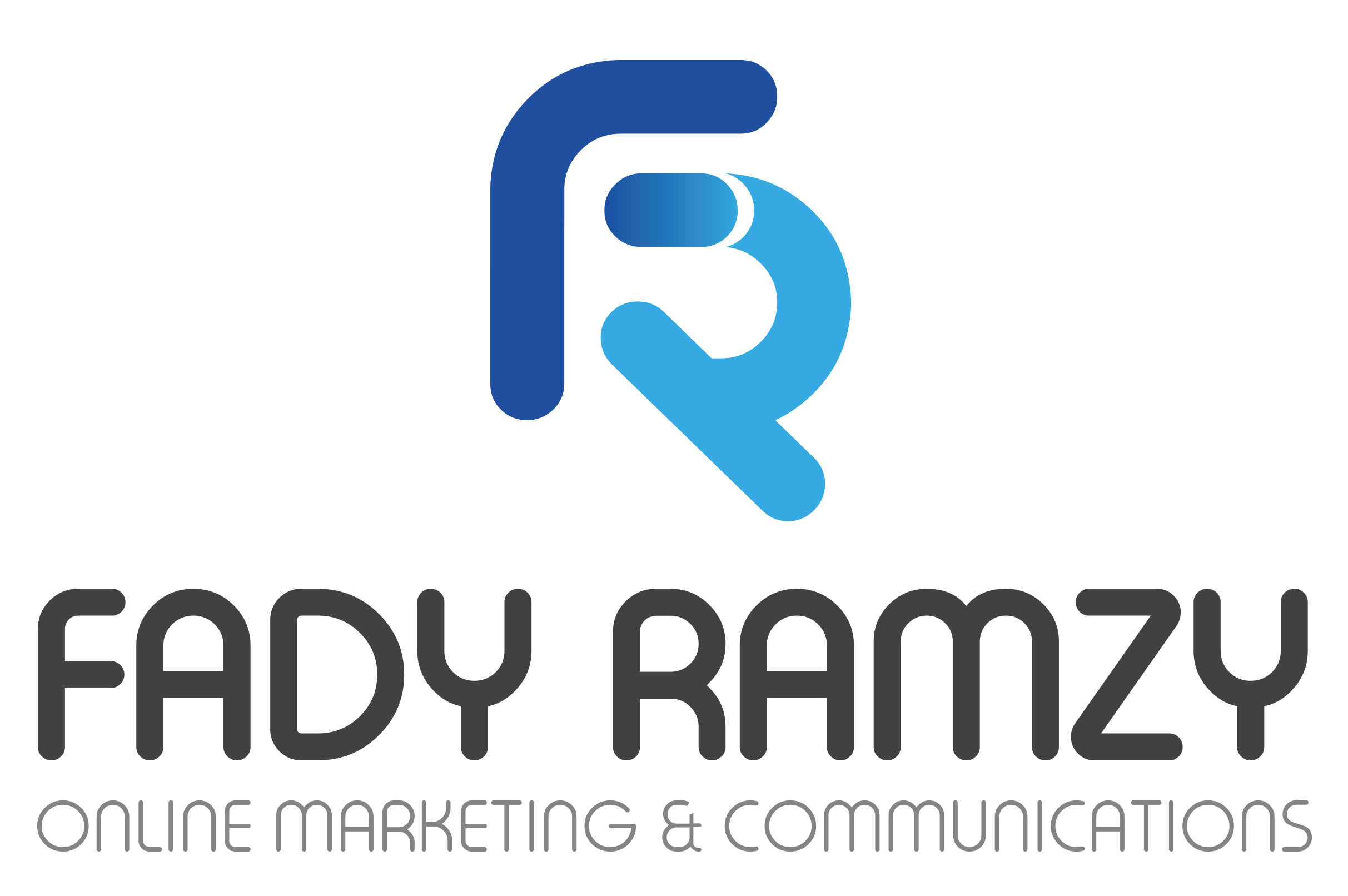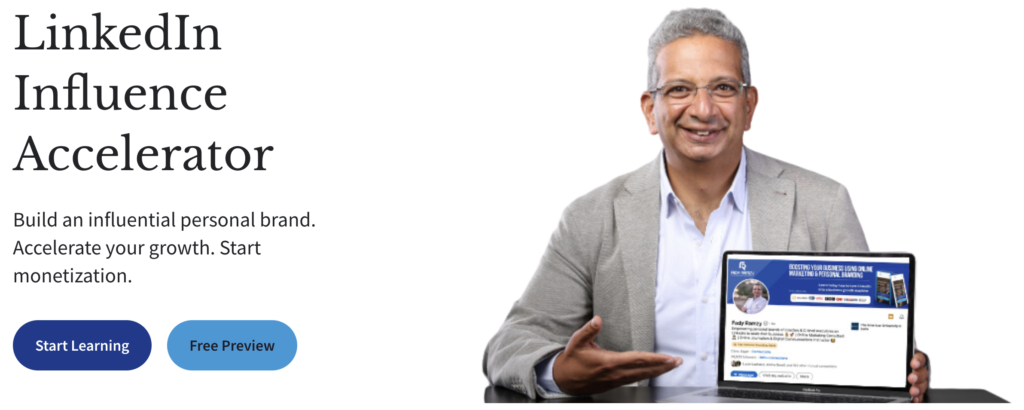Do you want to master the art of storytelling over LinkedIn? The result is effective content that opens doors and creates opportunities. Both for yourself and your business! Everyone will tell you content is king, but if it is just content by itself it’s just a tool. To make the best use of it, you should have a process to ensure the consistency that ultimately converts.
Three Pillars of the Art of Storytelling:
1) Content Ideation
Want to turn LinkedIn into an opportunity-generating machine? then capitalize on what we call “The Three Specifics“.
- Who is your specific target audience,
- With a specific problem,
- That you have a specific solution for?
Accordingly, you start crafting your ideas and content. That’s the foundation of the art of storytelling!
3 Content Buckets for LinkedIn
Educational:
Provides practical tips, listicles, or steps.
Offers actionable knowledge for problem-solving.
Motivational:
Inspires through success stories and customer testimonials.
Relates to the target audience’s aspirations.
Entertaining:
Breaks the monotony of business-related content.
Adds a touch of humor or personality.
Balance is key! A mix of educational, motivational, and entertaining content across the calendar is most effective. There’s art in that balance. The art of storytelling.
From Ideas to Posts: A Weekly Process
How do you get ideas that are relevant and relatable to a specific target audience?
Idea sources: Client challenges, colleagues, and personal experiences.
Organization: Use a Google spreadsheet to categorize ideas (educational, motivational, inspirational).
Daily input: Add ideas throughout the day from various sources.
Content creation: Use the spreadsheet to create content on a weekly basis.
2) Content Creation
The art of storytelling during creation means there are different levels of formats:
Level One: Text Only
One of the LinkedIn algorithm secrets is that it still appreciates text-only posts. Text-based posts are easy to create. Requires no additional skills like photography or videography.
Hook, Core, Call to Action: Structure your text with a catchy hook, relevant content, and a clear call to action.
Engagement: A call-to-action encourages audience participation and reminds them of your post.
Repurposing Content: Utilize content repurposing to maximize your content’s impact.
Repurpose text-based content into visual formats like Canva templates.
Create multiple pieces of content from a single text post.
Reach a wider audience by sharing the same content in different formats over time.
Level Two: Text + Photo
Enhance your posts: Add visual elements like photos to your text-based posts.
Image sources: Use your own photos or free stock images. From websites like Canva, Pexels, or Unsplash.
Effortless enhancement: Adding visuals requires minimal time and effort.
Level Three: Text + Poll
Easy to create: Polls are simple to create and require minimal effort.
Engaging format: Polls are highly engaging and appreciated by LinkedIn’s algorithm.
Increased visibility & attention: Polls naturally attract attention and can lead to increased organic reach.
Level Four: Text + Video
Video content: Combine text with videos for a more engaging format.
Always appealing: Video is always the most appealing content format!
Alternative: Use stock videos with proper copyright.
Level Five: Long-Form Content
Incorporate articles, newsletters, and audio/video live events into your LinkedIn strategy.
Deeper engagement: Long-form content fosters deeper connections with your audience.
Efficient Repurposing: Create various posts from a single live event/ article.
Value-rich content: Focus on informative and engaging content.
3) Content Distribution
The art of storytelling at the final stages is the art of maximizing distribution. This can happen in several ways:
Timing
- Specific audience: Post content at times when your target audience is most active.
- It’s a professional platform: Consider your audience’s work hours, time zones, and daily routines.
- Suggested slots: Early mornings (8-10 AM) and late afternoons (4-6 PM) can generally be effective for LinkedIn.
- Measure & Repeat: Adjust posting times based on your specific audience’s behavior.
Tagging
Engagement boost: Tag relevant people in your posts to encourage interaction.
Targeted reach: Tagging experts or content creators can grow the organic reach of your post.
Call to Action: Tagging at the post end is a way to initiate and grow the conversation in the comments.
- Be aware: If you tag many people and they do not respond to your post, it is a negative signal to the algorithm, this will degrade your post’s reach!
Final Art of Storytelling Secret:
LinkedIn’s algorithm initially shows new posts to an “inner circle” of recent interactors.
- Engagement from this inner circle determines whether the post reaches a wider audience.
- High-quality content that attracts engagement is crucial for reaching a larger audience.
- Consistent posting helps increase visibility over time.
“Consistency is the cornerstone of effective content creation. You’ll not only foster engagement, but also attract direct inquiries for your services. With the art of storytelling, it’s a matter of time and your online presence will flourish!”
Another benefit of consistency is that you enhance your content creation skills. Moreover, with consistency in posting, you try different formats and styles to see what resonates best with your audience.
Finally, do you want to build an effective personal brand today?
The “LinkedIn Influence Accelerator” is my course for founders, coaches, and communicators. It is crafted for professionals who want to create an effective personal brand that generates opportunities!






